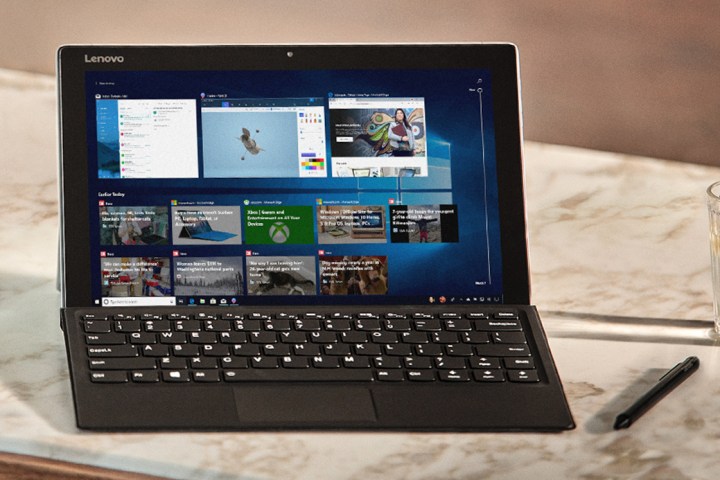
From Windows RT or Windows 10 in S Mode, Microsoft has long been on a journey to make Windows lighter and more efficient, but it has had little success among consumers. With Chromebooks becoming ever more popular, Microsoft is now looking to target Google’s Chrome OS with a new lightweight version of Windows dubbed “Lite OS,” according to a report from Brad Sams at Petri.com.
The details are naturally scarce at the moment, but Sams is reporting that Windows Lite OS is “a new version of Windows that may not actually be Windows.” Hints of the new operating system were apparently found in Windows Insider beta builds and Microsoft’s SDKs. After speaking with company insiders about it, Sams received an overall idea of where Microsoft is taking things into the future.
Lite OS will apparently only be available for preinstallation by laptop makers, and will not be targetted towards enterprises or businesses. Slightly similar to Windows 10 in S Mode, the new OS will only run Progressive Web Apps, and other UWP apps downloaded from Microsoft’s store, but with the differentiating factor of having everything else stripped out.
It is also meant to be “super lightweight, instant on, always connected,” to run on any CPU, though Sams specifically claims that it might run on devices with Qualcomm’s next processor. The user interface will also be very different from what has been seen before and could be similar to Core OS, the rumored modular version of Windows.
“And there’s something a bit different about Lite that we haven’t seen from every attempt at launching this type of software in the past; it may not be called Windows. With a new name and a different UI, uses WCOS, and is going to be Microsoft’s next ‘big bet’ in the Windows space,” Sams explained.
Sams does not provide a firm date on when Windows Lite would launch, but he suggests that it could be coming at Microsoft’s Build 2019 conference. Microsoft would also need new hardware to showcase Windows Lite OS, and the timing for the annual developer conference would make sense. Code-named Centaurus, previous reports have indicated that Microsoft is also planning to release a new folding Surface in the fall of 2019, so that could likely be the first device for this new OS.


